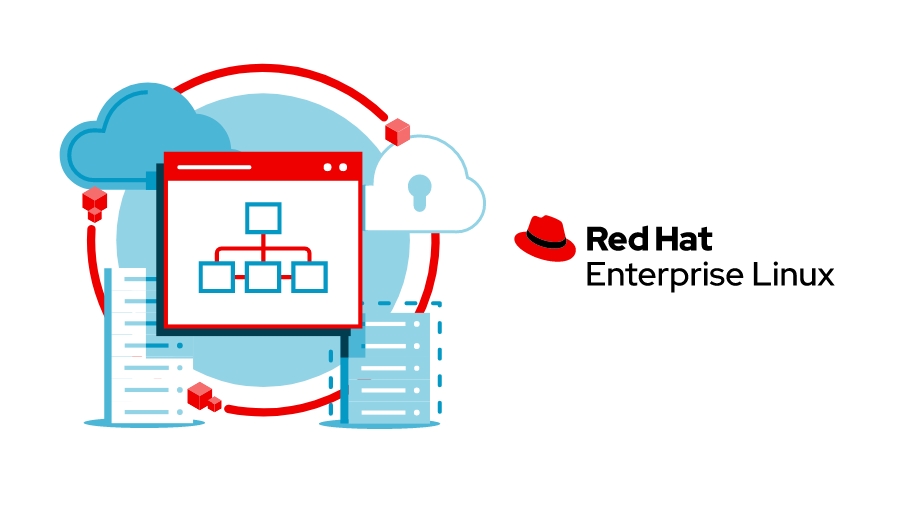Understanding sudoedit and sudoreplay Commands in Linux
 Vaibhav Parekh
Vaibhav Parekh
Exploring the sudoedit and sudoreplay commands in Linux, including their purposes, usage, and examples.
In the realm of Linux system administration, the sudo command is a powerful tool that allows users to execute commands with superuser privileges. Among its many utilities, sudoedit and sudoreplay stand out for their specific functionalities. This post will delve into both commands, providing insight into their uses and best practices.
1. What is sudoedit?
The sudoedit command is a variation of sudo that allows users to edit files as a different user (typically root) while maintaining security. Instead of opening a file directly with elevated privileges, sudoedit creates a temporary copy of the file in a user-writable directory, allowing the user to edit it safely. This approach minimizes security risks associated with running text editors as the root user.
Usage
The basic syntax for sudoedit is as follows:
sudoedit <filename>
Example
Suppose you need to edit the /etc/hosts file. Instead of using:
sudo nano /etc/hosts
You would use:
sudoedit /etc/hosts
This command opens the file in your default editor (configured in the EDITOR or VISUAL environment variable). After you save and exit, sudoedit will copy the modified file back to its original location.
Advantages of sudoedit
Safety: It reduces the risk of accidental changes to system files by ensuring you edit a temporary copy.
User Context: It allows you to operate within your user context, providing a familiar editing environment.
Access Control: It respects the permissions set in the
/etc/sudoersfile, ensuring only authorized users can edit sensitive files.
2. What is sudoreplay?
The sudoreplay command allows administrators to view and replay commands that were executed using sudo. This feature is invaluable for auditing and debugging, as it provides a clear record of who executed what command and when.
Usage
The syntax for sudoreplay is:
sudoreplay [options] <timestamp>
You can specify the timestamp to view commands executed during that time.
Example
To view all commands executed within the last hour, use:
sudoreplay -t now-1hour
To replay a specific command, you might use:
sudoreplay -t <timestamp>
This will show the command in the terminal, and you can re-execute it directly.
Advantages of sudoreplay
Audit Trails: Maintains a log of all sudo commands, aiding in accountability and traceability.
Debugging: Helps troubleshoot issues by providing a history of commands executed with elevated privileges.
Ease of Use: Replay commands without needing to remember exact syntax or parameters.
3. Conclusion
The sudoedit and sudoreplay commands are essential tools for Linux system administrators, enhancing security, accountability, and usability. By leveraging these commands, you can manage system configurations safely and maintain a clear audit trail of administrative actions. As you grow in your Linux journey, mastering these commands will empower you to navigate system administration with confidence.
Subscribe to my newsletter
Read articles from Vaibhav Parekh directly inside your inbox. Subscribe to the newsletter, and don't miss out.
Written by

Vaibhav Parekh
Vaibhav Parekh
I am a Cloud enthusiast . Delivering continuous learnings through blogs . You have any doubts you can contact me directly don't hesitate . We all have a start and initial days of learning !!